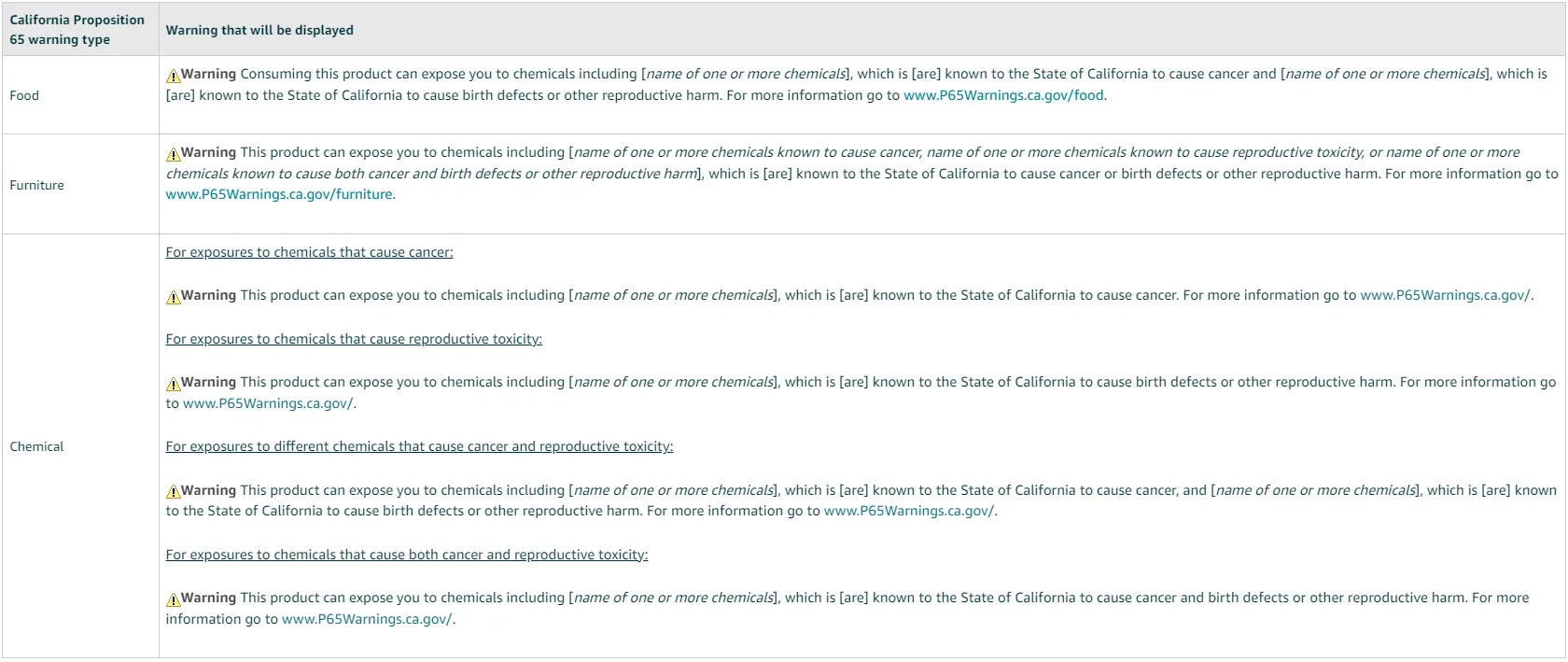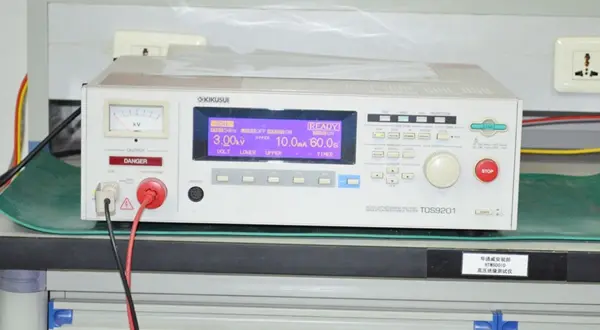
Toy Safety Standards in Various Countries
With the rapid development of the global economy, the demand for toy products has been increasing. To protect human health and safety, countries around the world have established strict regULations and standards for toys, continuously updating and refining them. Additionally, lawsuits related to toy safety have surged, leading to more stringent legal penalties. This presents significant challenges for toy manufacturers, importers, and retailers.

Scope of toy testing services
Toy testing services cover:
- Infant products
- Plush toys
- Plastic toys
- Liquid toys
- Wooden toys
- Paper and cardboard toys
- Ride-on toys
- Children's stationery
- Puzzles and educational toys
- Educational musical instruments
- Children's jewelry
- Art supplies
- Crafts
- Gifts
- Electronic and electric toys
Toy Testing Standards in Various Countries
International Standards Organization (ISO)
- ISO 8124-1:2000 - Safety of toys - Part 1: Mechanical and physical properties
- ISO 8124-2:1994 - Safety of toys - Part 2: Flammability
- ISO 8124-3:1997 - Safety of toys - Part 3: Migration of certain elements
- ISO 8098:1989 + Amdt1:1992 - Safety requirements for bicycles for young children
Australia
- AS1647.1-1990 - General safety requirements for children’s toys
- AS1647.2-1992 + Amdt.1-1995 - Structural requirements
- AS1647.3-1995 - Toxicity requirements
- AS1647.4-1980 - Flammability requirements
- AS1990-1991 - Safety of floating toys and swimming aids
United States
- CPSC 16 CFR Part 1000 to End - Consumer Product Safety Regulations
- ASTM F963-96a - Safety requirements for toys
- ANSI Z315.1-1996 - Tricycle safety requirements
- ANSI/UL 696 - Electrical toy safety
South Africa
- SABS ISO 8124-1/2/3:2000 - Adopted ISO standards for toy safety
European Union
- 88/378/EEC - Toy Safety Directive
- 93/68/EEC - ce marking and use
- EN71 Series:
- EN71-1:1998 + A1:2001 + A2:2000 - Physical and mechanical properties
- en71-2:1993 - Flammability
- EN71-3:1994 + A1:2000 - Migration of certain elements
- EN71-4:1990 + A1:1998 - Experimental sets for chemistry
- EN71-5:1993 - CheMICal toys (excluding experimental sets)
- EN71-6:1994 - Age warning symbols
- EN62115 - Safety of electric toys
Thailand
- TIS 685-2540 Parts 1–3 (1997) - General safety, packaging & labeling, and test methods
Brazil
- NBR 11786:1998 - Toy safety
Canada
- C.R.C., c.931 - Hazardous Products (Toys) Regulations
China
- GB 6675-86 - Toy safety requirements
- GB 9832-93 - Quality and safety of plush and fabric toys
- GB 5296.5-96 - Labeling and instructions
- GB 14746-93 - Children’s bicycles
- GB 14747-93 - Children’s tricycles
- GB 14748-93 - Baby strollers
- GB 14749-93 - Baby walkers
- GB 13472-92 - BMX children's bicycles
New Zealand
- NZS 5820:1982 + Amendment No.1 + COPR1 - Toy safety requirements
- NZS 5822:1992 - Prevention of choking hazards for toys under 3 years
Malaysia
- MS EN71 Parts 1–5 (1995–1998) - Covers mechanical, flammability, element migration, chemical sets, and chemical toys
- MS ISO 8124-2:1999 - Flammability
Saudi Arabia
- SSA 765-1994 - Playground equipment: general safety
- SSA 1063-1994 - General toy safety
- SSA 1064-1995 - Mechanical and chemical testing
- SSA 1065-1995 - Flammability testing
- SSA 1322-1997 - Low power RF devices
Singapore
- SS 474 Parts 1–6:2000 - Covers all aspects of toy safety as per EN71
Japan
- Japan Toy Association Standards:
- Part 1: Mechanical and physical properties
- Part 2: Flammability
- Part 3: Chemical properties
Differences Between U.S. and EU Toy Safety Standards
1. EN71: European toy safety standard.
2. ASTM F963-96a: U.S. toy safety standard.
EN71 – EU Toy Safety Directive
The directive applies to any product or material designed or intended for use by children under 14 years of age.
Common EN71 Testing Steps:
1. Part 1: Mechanical and physical properties
2. Part 2: Flammability
3. Part 3: Heavy metals migration
EN71 applies to toys used by children under 14, with specific provisions for those under 3. For electric toys (battery or AC/DC poweRED), electromagnetic compatibility testing is also required, including:
- EMI (Electromagnetic Interference)
- EMS (Electromagnetic Susceptibility)
ASTM F963-96a is generally stricter and more comprehensive than CPSC requirements, also applicable to toys for children under 14. It includes 14 sections:
- Scope
- Referenced documents
- Terminology
- Safety requirements
- Safety labeling requirements
- Instructions
- Manufacturer's identification
- Test methods
- Identification
- Age determination guidelines
- Packaging and transportation
- Toy-specific requirements
- Toys attached to cribs or playpens
- Flammability testing procedures
ASTM Standards – U.S. Certification Requirements for Toys
1. Test Method: A defined procedure to determine one or more characteristics or performance of a material, product, system, or service.
2. Specification: A precise statement of requirements for a material, product, or system, including methods of compliance.
3. Practice: A procedure for performing one or more operations that do not produce a result.
4. Terminology Standard: A document consisting of terms, definitions, descriptions, symbols, and abbreviations.
5. Guide: A set of options or instructions that do not recommend a specific course of action.
6. Classification: A grouping based on shared characteristics.
Email:hello@jjrlab.com
Write your message here and send it to us
 What Are the Battery Compliance Test Reports?
What Are the Battery Compliance Test Reports?
 Christmas Children’s Products EU & US Complian
Christmas Children’s Products EU & US Complian
 Food Packaging Material Testing
Food Packaging Material Testing
 Cosmetic Product Safety Report
Cosmetic Product Safety Report
 What is Prop 65 Warning?
What is Prop 65 Warning?
 Does RoHS Apply to Packaging?
Does RoHS Apply to Packaging?
 How to Get RoHS Compliance?
How to Get RoHS Compliance?
 How to get EN 62368-1 Test Report
How to get EN 62368-1 Test Report
Leave us a message
24-hour online customer service at any time to respond, so that you worry!




